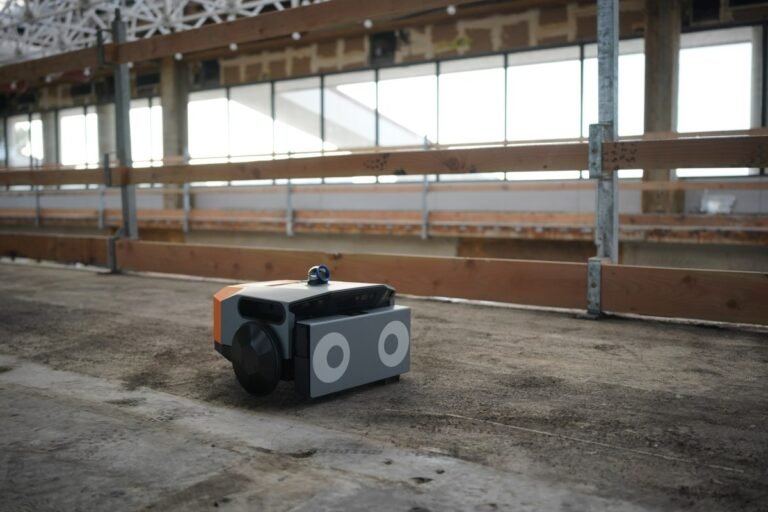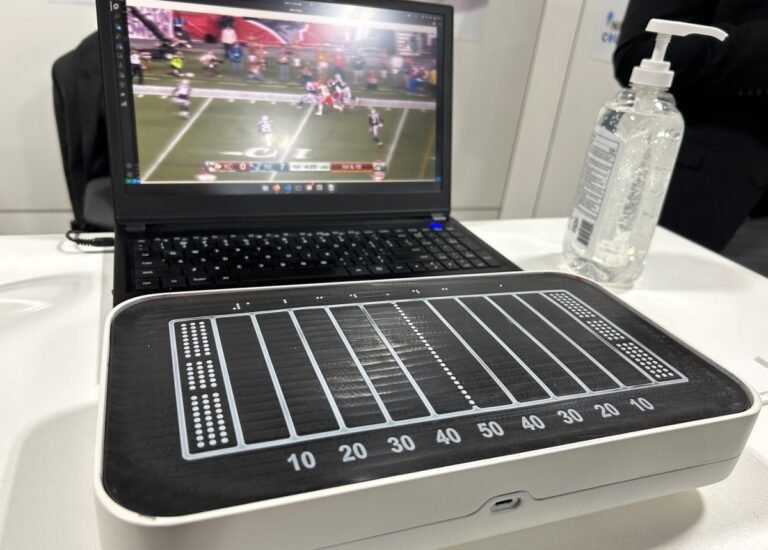
Allison Cohen is the senior applied AI projects manager at Mila, a Quebec-based community of more than 1,200 researchers specializing in AI and machine learning.
One of the projects I managed involved building a dataset containing instances of subtle and overt expressions of bias against women.
I learned firsthand why this process is fundamental to building responsible applications, and also why it’s not done enough — it’s hard work!
What advice would you give to women seeking to enter the AI field?
How can investors better push for responsible AI?

Gómez’s research is grounded in the computational music field, where she contributes to the understanding of the way humans describe music and the methods in which it’s modeled digitally.
What I liked at the time from machine learning was its modelling capabilities and the shift from knowledge-driven to data-driven algorithm design — e.g.
There’s also PHENICX, a large European Union (EU)-funded project I coordinated on the use of music; and AI to create enriched symphonic music experiences.
What advice would you give to women seeking to enter the AI field?
They should learn about the working principles and limitations of AI algorithms to be able to challenge them and use them in a responsible way.

We’ll publish several pieces throughout the year as the AI boom continues, highlighting key work that often goes unrecognized.
Kristine Gloria leads the Aspen Institute’s Emergent and Intelligent Technologies Initiative — the Aspen Institute being the Washington, D.C.-headquartered think tank focused on values-based leadership and policy expertise.
What are some issues AI users should be aware of?
What is the best way to responsibly build AI?
How can investors better push for responsible AIOne specific task, which I admire Mozilla Ventures for requiring in its diligence, is an AI model card.

Nonnecke also co-directors the Berkeley Center for Law and Technology, where she leads projects on AI, platforms and society, and the UC Berkeley AI Policy Hub, an initiative to train researchers to develop effective AI governance and policy frameworks.
I’ve been working in responsible AI governance for nearly a decade.
First, The University of California was the first university to establish responsible AI principles and a governance structure to better ensure responsible procurement and use of AI.
For women entering the AI field, my advice is threefold: Seek knowledge relentlessly, as AI is a rapidly evolving field.
Investors have the power to shape the industry’s direction by making responsible AI practices a critical factor in their investment decisions.

There, he saw that AI-powered projects to prevent product issues would often fail because the AI wasn’t sufficiently fine-tuned.
“Without [the right solution], many different groups across the enterprise do siloed analyses about emerging quality issues.
“Product quality issues can have an impact on the end user if [the] issues aren’t addressed quickly and efficiently,” First told TechCrunch in an interview.
“We use a specialized AI to scan messy, unstructured and disconnected data across various systems to flag emerging recurring product quality issues,” First explained.
First asserted, however, that Axion will delete customer data within 30 days of receiving a request.

When it launched in 2019, Dusty’s FieldPrinter added a clever new dimension to the world of construction automation.
The little robot is smaller than the first gen, thus allowing it to better move around obstacles.
The 23-pound robot sports a wider print head and a bevy of on-board sensors for improved navigation.
Today’s news also marks the arrival of FieldPrint Platform, which is centered around BIM-to-field — that’s effectively bringing digital information into real-world construction sites.
“Our new FieldPrint Platform supports the seamless flow of data from the design phase, to the field, and back to the trailer,” cofounder and CEO Tessa Lau notes.

Agriculture has a long heritage of being constantly disrupted by technology, an evolution that has continued to play out until today.
Bluewhite will also be using the funding to continue expanding in its current markets, and to break ground in new ones.
“Labor, labor, labor: it is the biggest need,” he said in an interview.
Tractors fitted with Bluewhite’s robots can still be operated by humans in situations where they might still need to be.
Bluewhite cites forecasts from researchers that project a market worth $11.5 billion for autonomous tractors by 2030.

Sports fans most often take in their favorite game by watching it on TV or from the venue itself, but those with blind and low vision generally must rely on the announcer or a radio broadcast.
OneCourt aims to augment their experience with a lap-top miniature field that lets someone feel the position of the players and ball in near real time.
There’s nothing wrong with the radio broadcast, but it’s often delayed by 10 to 30 seconds, and neither it nor live announcers provide the spatial detail that sighted fans are treated to.
Fortunately, many major league sports broadcast the exact, real-time locations of the players and ball along with video and audio.
The OneCourt team takes this information and transmits it to a haptic display with a touchable cover imitating the pitch or field lines.

Zuper, a field service management company, closed on $32 million in Series B funding to provide its customers with technologies and tools to cater to a wider range of workers.
While other field service management companies target specific parts of the market, Zuper was designed to encompass the entire workflow.
That has now evolved into working with small business and enterprise customers, Subbaraj said.
Within that group there are more than 50,000 users of the Zuper platform.
We announced ZIVA earlier this year, and it’s an alpha right now, but our goal is to bring GenAI to the field service management.”












